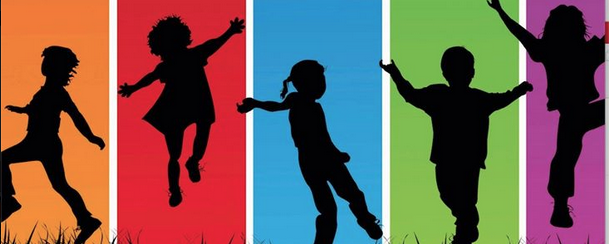Justice in action: How we can address the school-to-prison pipeline

Why are we sending droves of young Black and Brown students into the school-to-prison pipeline via our harsh discipline policies when there are better alternatives?
In this newly published chapter in the Handbook of Urban Educational Leadership, we examine a unique peer run youth court at an urban middle school to contextualize social justice in action. The youth court was developed through a collaborative partnership with the local university’s law school and the administrators and teachers of a high poverty, high minority inner city middle school in Texas. Social justice leaders from both institutions identified a troubling trend: students from the middle school were being increasingly tracked into the juvenile justice system. Relying on the theoretical principles of social justice leadership, we explore the principal and school leaders’ implementation of the youth court and their decisions and challenges over three years of the program’s operation. In addition, we delved into the design of the program’s core curriculum based on a restorative justice model that is built upon the foundations of social justice: inclusion and respect. With the backdrop of punitive disciplinary policies, we highlight the courage and commitment of school leaders to go against the grain and fashion an alternative disciplinary program that is significantly changing the trajectories of at-risk youth.

What is a Youth Court?
The youth court model in many ways mirrors traditional adult courts. Teachers, school officials or police can offer juveniles the option of youth court following their arrest, or after referrals. To qualify for the youth court, juveniles must admit guilt. The youth court is responsible for determining the consequences of the action, taking into account any material put before it by the juvenile or other parties. The entire court, including judge, attorneys, jurors, bailiff and clerk are student peers. If a juvenile declines to go to youth court, he or she may be subject to a referral to juvenile court, a criminal record and the penalties that may be imposed including fines and possible confinement to a juvenile detention center (Poch, 2000).
According to the research, the main goal of youth court and what distinguishes it from traditional courts is its attempt to prevent the criminalization of students by directing them away from the formal intake of the juvenile justice system. With youth court, they will not have a criminal record nor be subjected to the more constraining conditions imposed by a real court of justice. Youth courts create a different pathway for addressing student misconduct. In a sense, they reject traditionally held views about the management of student behavior and more importantly, the superiority of the teacher and administrator to determine appropriate consequences for students.
The youth court model is based on a restorative justice underpinning (Godwin, 2001). Restorative justice in turn, is supported by core restoration values. These values reflect the underlying beliefs that: 1) children are rich resources that can benefit communities; 2) young people are educators’ social equals; 3) children can develop problem-Justice in action: How we can address the school-to-prison pipeline | Cloaking Inequity:
